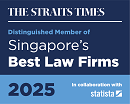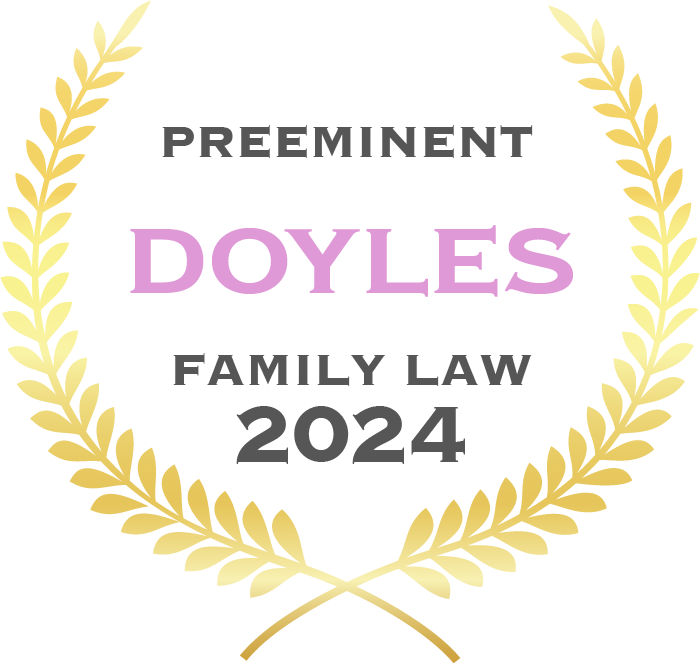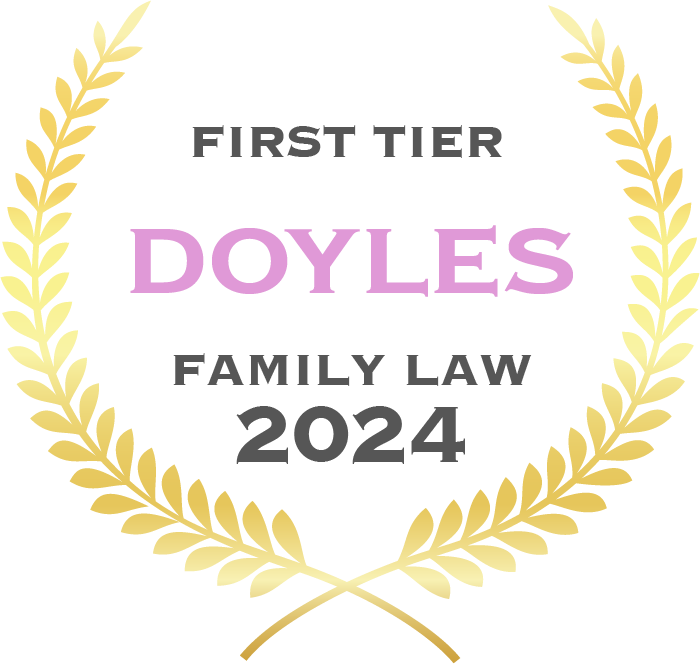Payment Claims and the SIA Form of Contracts:
Can Payment Claims be Made After the Issuance of the Final Certificate?
Introduction
- The Court of Appeal provided valuable guidance on the scope of its earlier decision in Audi Construction Pte Ltd v Kian Hiap Construction Pte Ltd in relation to the principle that a respondent must provide all objections in a payment response for adjudications in the Building and Construction Industry Security of Payment Act (Cap 30B, 2006 Rev Ed) (the “SOP Act”): Far East Square Pte Ltd v Yau Lee Construction (Singapore) Pte Ltd [2019] SGCA 36.
- The case is particularly relevant to situations where payment claims are made after the Final Certificate of an SIA Form of Contract has been issued.
Key Takeaways
-
Key takeaways include the following:
- Payment Claims made after the issuance of the Final Certificate are outside the ambit of the SOP Act.
- The rule in Audi Construction Pte Ltd v Kian Hiap Construction Pte Ltd [2018] 1 SLR 317 (“Audi”) in relation to an owner’s duty to raise objections through a payment response, or otherwise be deemed to waive his objections, does not apply to payment claims made outside the ambit of the SOP Act.
- Payment claims submitted after the issuance of the Final Certificate are considered to be outside the purview of the SOP Act, and hence would constitute a patent error.
Background
- The appellant, a developer of a commercial and residential development (the “Project”), engaged the respondent as a main contractor.
- Their construction contract incorporated the SIA Form of Contract, which stipulated that the contractor was to submit its final payment claim to the developer’s architect before the end of the Project’s maintenance period on 5 August 2015.
- The contractor submitted 18 payment claims after the maintenance period (of 5 August 2015), to which the developer’s architect responded with interim certificates.
- On 4 August 2017, the developer’s architect issued the maintenance certificate, certifying that all outstanding works had been made good or taken into account (the “Maintenance Certificate”).
- On 23 August 2017, the contractor issued Payment Claim 73, and the architect issued a Final Certificate on 5 September 2017, certifying the final balance payable (the “Final Certificate”). The developer issued a payment response which the contractor disputed but issued an invoice for anyway.
- Despite the above, the contractor issued Payment Claim 74 on 24 October 2017. The developer did not issue a payment response but their architect informed the contractor that a final payment claim had to be submitted during the maintenance period and since the contractor failed to do so, the architect issued the Final Certificate within three months from the Maintenance Certificate, in accordance with cl 31(12)(a) of the SIA Form of Contract.
- On 24 November 2017, the contractor issued Payment Claim 75, which was substantially the same as Payment Claim 74. The architect wrote to the contractor again, stating that there should be no progress payments after the issuance of the Final Certificate.
- On 27 December 2017, the contractor lodged an adjudication application in relation to Payment Claim 75.
- At the adjudication, the adjudicator found himself bound by the rule in Audi and issued an adjudication determination in favour of the contractor (the “AD”).
- The developer applied to the High Court to have the AD set aside, arguing that since the SIA Form of Contract did not allow payment claims made after the Final Certificate, Payment Claim 75 was invalid and not within the purview of SOP Act. Hence, the AD should be set aside.
The High Court’s Decision
-
Ruling in favour of the contractor, the High Court Judge allowed the AD.
- The High Court Judge understood Audi to mean that the duty to raise objections through a payment response applies to any jurisdictional objection to a payment claim. Consequently, he rejected the developer’s argument and found that it was estopped from challenging the validity of Payment Claim 75 since it did not issue a payment response objecting to it.
- The Judge also reasoned that the developer could not unilaterally take Payment Claim 73 to be the final payment claim as the contractor may have wanted to include other claims if it had known that Payment Claim 73 was the final payment claim.
- The Judge also found that pursuant to s 10(4) of the SOP Act, even if Payment Claim 73 was deemed to be the final payment claim, the contractor was entitled to submit Payment Claim 75 as it was in essence a repeat of Payment Claim 73 which had not yet been adjudicated upon.
- The developer appealed against the High Court’s decision.
The Court of Appeal’s Decision
-
Allowing the appeal, the Court of Appeal held that:
- In relation to a construction contract incorporating the SIA Form of Contract, any payment claim submitted after the issuance of the Final Certificate is outside the ambit of the SOP Act;
- The rule in Audi stating that a respondent waives its objections to a payment claim if it does not raise them in a payment response did not apply to Payment Claim 75; and
- As Payment Claim 75 was submitted after the issuance of the Final Certificate, Payment Claim 75 constituted a patent error, hence the developer is entitled to set aside the AD.
When Would Payment Claims Fall Within the Ambit of the SOP Act
Scope and Purpose of the SOP Act
- The Court emphasised that the SOP Act was a framework to expedite payment to the contractor and did not independently grant the contractor a right to be paid. The SOP Act also did not alter the rights of parties or the payment regime under the contract. Hence, any contractor seeking to claim for progress payment would have to first establish his right to payment under the contract.
Role Of The Architect And The Final Certificate In The Payment Process
-
The Court made the following comments in relation to claims made under the SIA Form of Contract, after the issuance of the Final Certificate:
- For one, the architect’s certificate is a condition precedent to a contractor’s right to receive payment.
- After the issuance of the Final Certificate, the architect’s duties under the contract are concluded and the architect loses his power to issue any more certificates, ending the payment certification process.
- Consequently, contractors have no basis to submit payment claims, rendering such claims incapable of being adjudicated under the SOP Act.
- Since Payment Claim 75 was made after the issuance of the Final Certificate, it fell outside the ambit of the SOP Act and should not be adjudicated on. Hence, the AD should be set aside.
-
The Court provided further guidance on the issuance of the Final Certificate, emphasizing the distinction between:
- An architect improperly withholding the issuance of payment certificates; and
- An architect being unable to issue payment certificates by virtue of his functus officio status.
- In the former situation, the contractor can apply for adjudication for payment claims validly submitted under the SOP Act. However, in the latter situations, payment claims issued would be outside the ambit of the SOP Act and could not be adjudicated under the SOP Act.
- The Court also cautioned that a Final Certificate must prima facie comply with requirements under the SIA Form of Contract in order to validly render the architect functus officio and conclude the works under the contract, and applied the same requirements listed in Chin Ivan v H P Construction & Engineering Pte Ltd [2015] 3 SLR 124. Namely, such Final Certificates should be issued without fraud, improper pressure or interference; in accordance to contractual terms; and after the architect has genuinely considered all matters noted in his certificate.
Relationship between the SOP Act and SIA Form of Contract
- The Court observed that there is no conflict between the purpose and operation of the SIA Form of Contract and the SOP Act, because the SOP Act was enacted to facilitate efficient cashflow during the construction project. After the Final Certificate has been issued, the construction project comes to an end, and there will no longer be any basis for contractor to make further progress claims.
Is There A Need To File A Payment Response In Order To Object To A Payment Claim In Such Situations
- The Court explained that the rule in Audi does not apply to payment claims that fall outside the purview of the SOP Act. The Court drew the distinction between payment claims that are (a) invalid and/ or invalidly served; and ones that are (b) outside the ambit of the SOP Act.
- Since Payment Claim 75 is outside the ambit of the SOP Act from the outset, the SOP Act machinery and an owner’s obligation to raise objections to payment claims through payment responses do not apply.
-
For future cases, the Court provided some examples of payment claims that would not be considered within the purview of the SOP Act:
- payment claims made pursuant to oral contracts;
- payment claims made pursuant to contracts for the carrying out of construction works, or the supply of good and services in relation to residential properties;
- payment claims made pursuant to contracts which contain provisions under which a party undertakes to carry out construction works or supply goods and services, as an employee of the party for whom the construction work is to be carried out, or the goods and services supplied;
- payment claims made in respect of construction projects outside Singapore;
- claims made pursuant to non-construction contracts, or contracts for the supply of goods and services, within the meaning of s 3 of the SOP Act; and
- payment claims submitted beyond the six-year limitation period as set out in s 10(4) of the SOP Act.
Rule on Patent Errors
- Although the Court already established that the duty to raise objections through a payment response does not extend to Payment Claim 75 as that it falls outside the ambit of the SOP Act, the Court nonetheless added that the exception to the rule in Audi given to patent errors also applies to Payment Claim 75.
- If a respondent fails to issue a payment response to payment claims under the purview of the SOP Act, they are only allowed to raise objections to the payment claim in relation to patent errors. The Court stated that the submission of Payment Claim 75 after the architect became functus officio constitutes a patent error, and hence allows the developer to set aside the AD despite its lack of a payment response.
In reaching this conclusion, the Court confined the rule in Audi only to payment claims that fall within the purview of the SOP Act from the outset.
For further information, contact:
Tan Chau Yee
Partner, Eversheds Harry Elias
Head, Construction and Engineering
chauyeetan@eversheds-harryelias.com
+65 6361 9850
Justin Tan
Senior Associate, Eversheds Harry Elias
Construction and Engineering
justintan@eversheds-harryelias.com
+65 6361 9877







